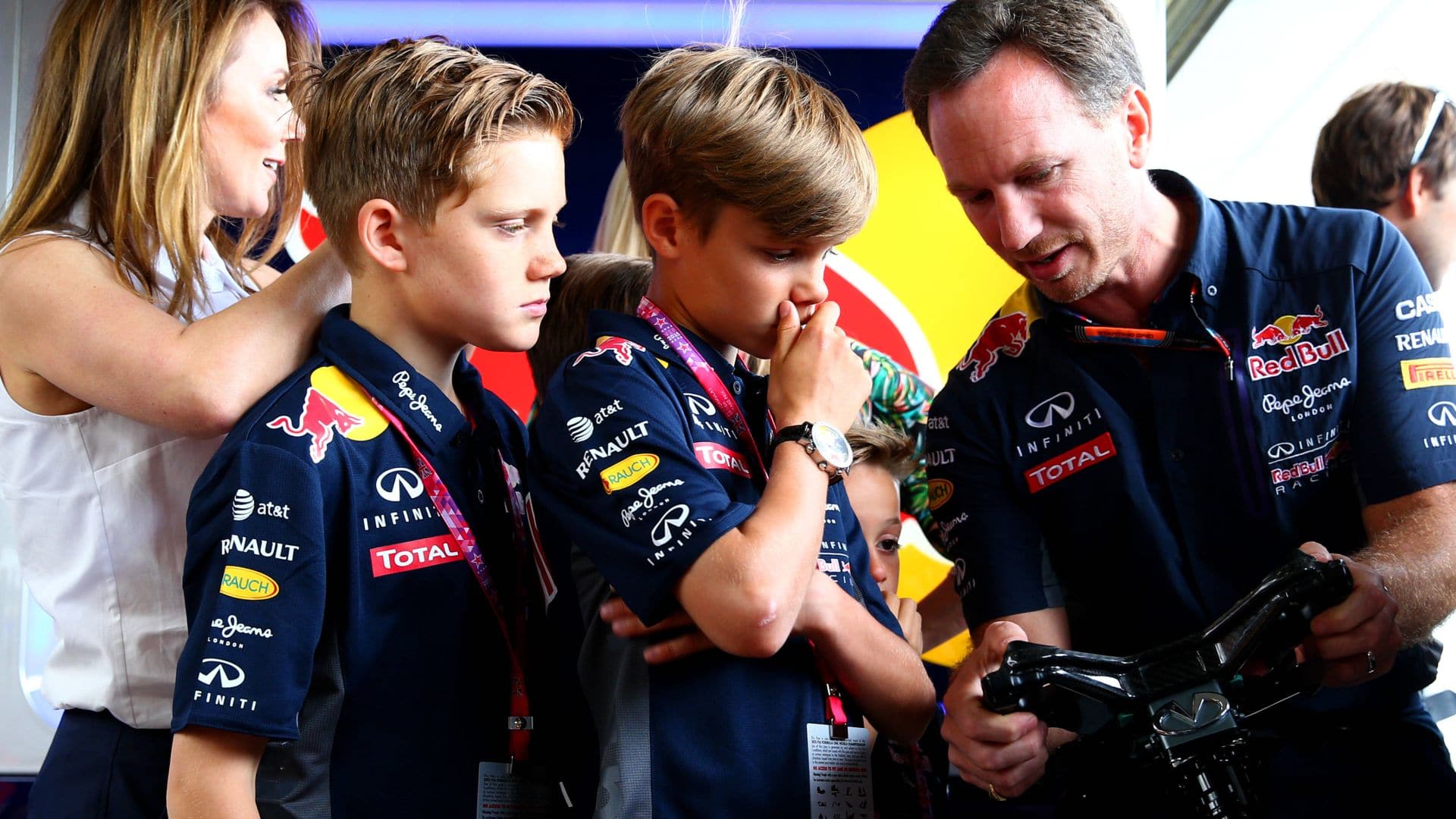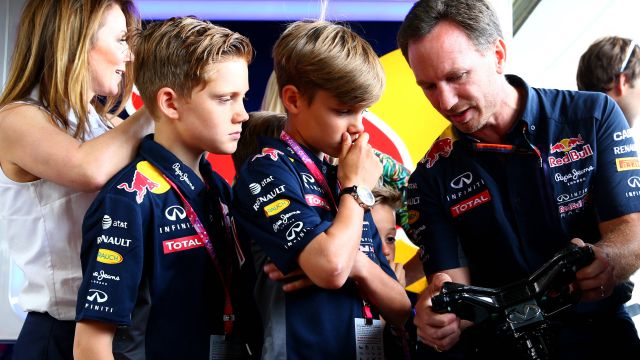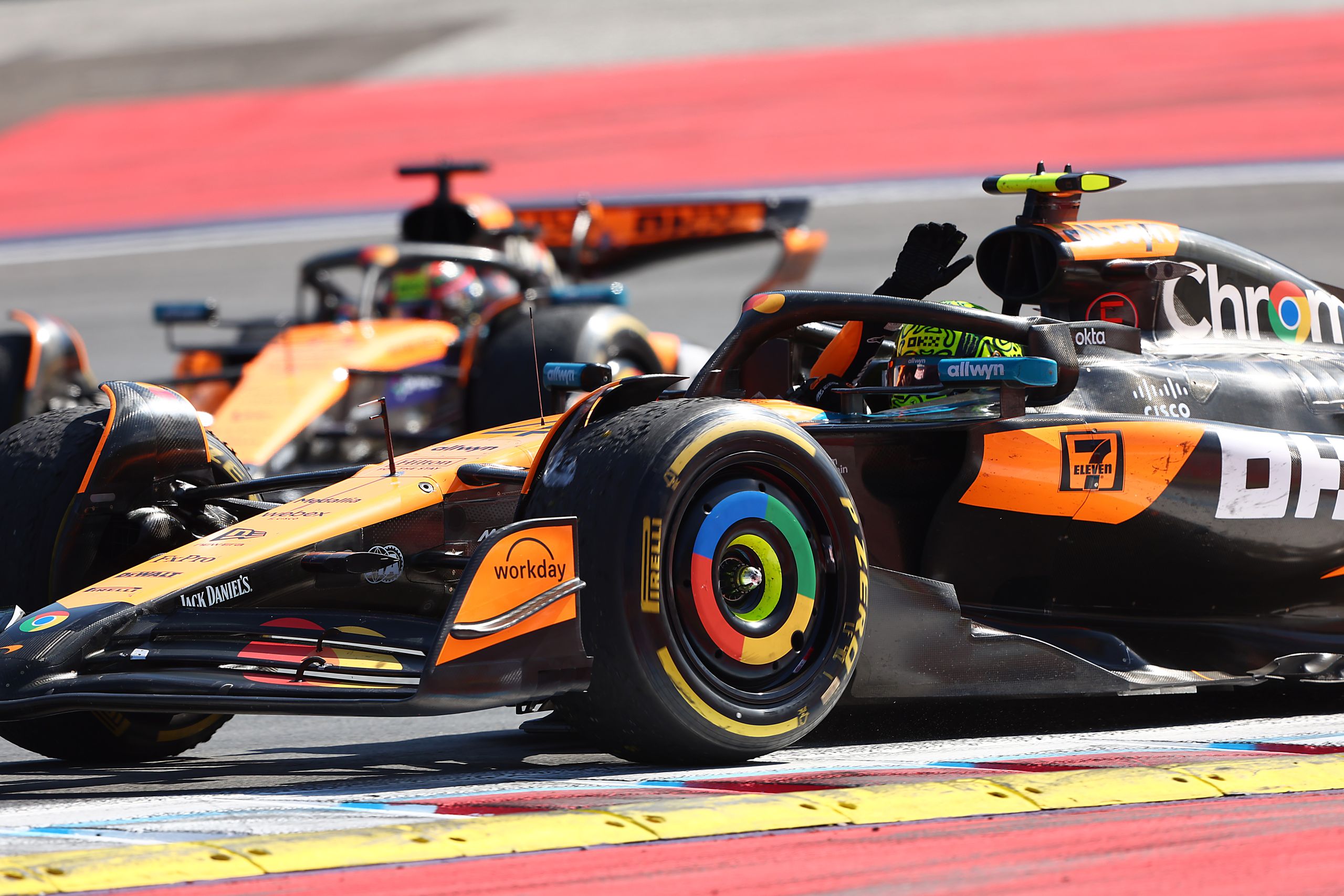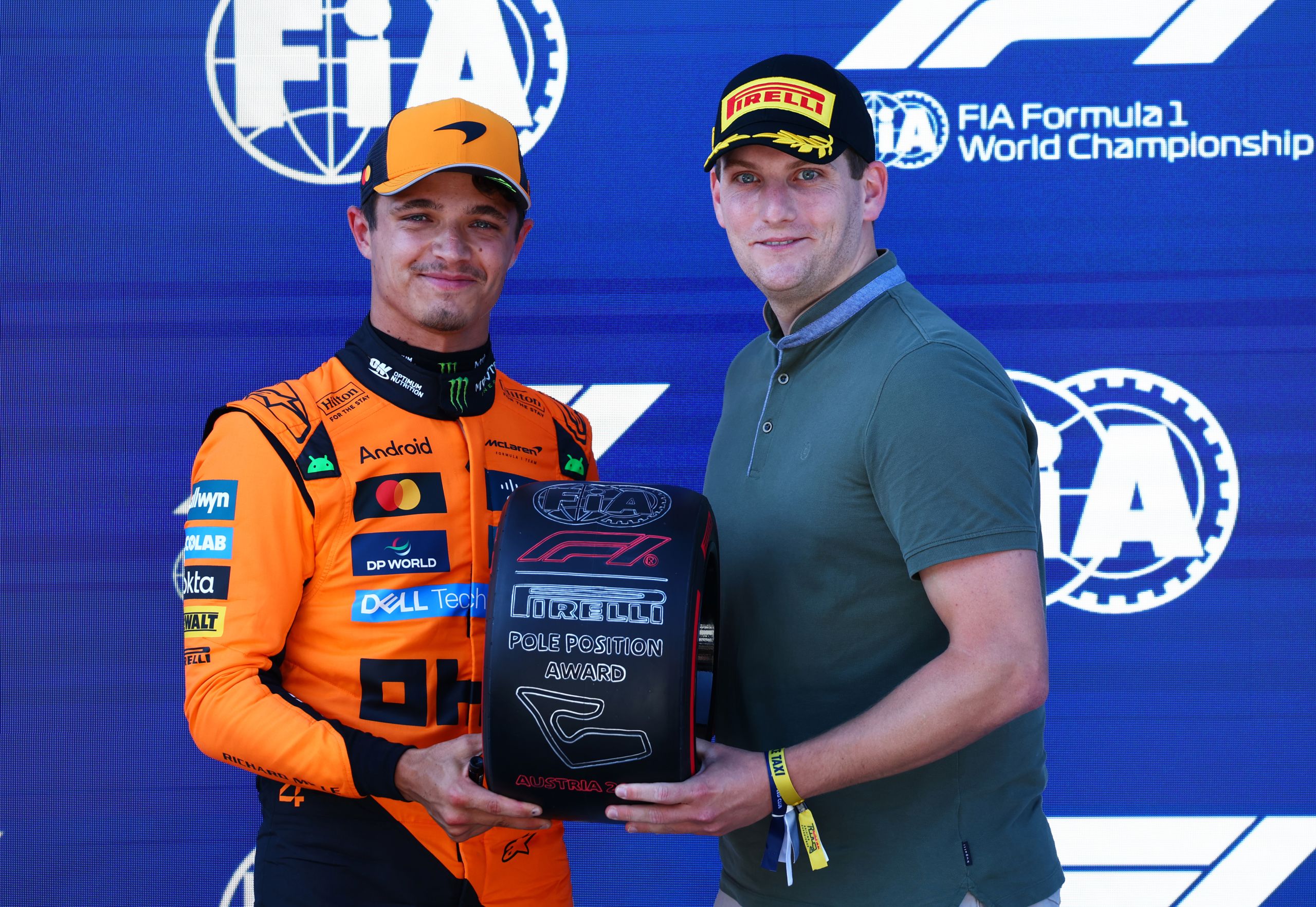What Is The Overtake Button in Formula 1?


Formula 1 is a sport that has been around for decades and has seen many changes over the years. One of the most significant changes in recent years is the introduction of the Drag Reduction System (DRS) and the overtake button. While some people may think that the overtake button is a new feature, it is, in fact, a part of the DRS system.
The DRS system was introduced in 2011 to help drivers overtake their opponents on the track. The system works by reducing the drag on the car, allowing it to go faster and overtake the car in front. The overtake button is used to activate the DRS system and is only available to a driver when they are within one second of the car in front.
Understanding the DRS system and the overtake button is essential for any Formula 1 fan. It is a crucial part of the sport and can make a significant difference in the outcome of a race. In this article, we will explore what the overtake button is, how it works, and why it is such an important part of Formula 1 racing.
Does Formula 1 Have an Overtake Button?
Formula 1 is a sport that is all about speed, precision, and strategy. One of the key aspects of the sport is overtaking, which is the act of passing another car on the track. Since 2011 there has been a system that drivers can use to help them overtake other cars on the track.
How Does it Work?
The system that is used in Formula 1 to help drivers overtake other cars is called the Drag Reduction System (DRS). The DRS is a system that is designed to reduce the drag on a car, which makes it easier for the car to go faster. When a driver activates the DRS, the rear wing of the car will open up, which reduces the amount of drag on the car.
The DRS can only be used in certain situations, however. The system is only activated when a driver is within one second of the car in front of them, and it can only be used in certain parts of the track. The system is also disabled if the driver is within one second of the car behind them, which means that it can only be used to help drivers overtake other cars, not defend against overtaking attempts.
When Can it be Used?
The DRS can only be used during a race, and it is controlled by the race director. The race director will activate the system when it is safe to do so, and they will also disable the system if there is an accident or if the weather conditions are not suitable for its use.
Overall, the DRS is an important part of Formula 1, as it helps drivers to overtake other cars on the track. While there is no specific ‘overtake’ button in Formula 1, the DRS system is a crucial tool that drivers can use to gain an advantage over their opponents.
The History of the Drag Reduction System
The Drag Reduction System (DRS) is a technology used in Formula 1 to promote overtaking. It was first introduced in 2011 and has since been a controversial topic in the sport. This section will explore the origins and evolution of the DRS technology.
Origins
The idea of using adjustable bodywork to reduce drag and increase speed was first proposed by the Brabham team in the late 1970s. However, this technology was banned by the FIA due to safety concerns. It wasn’t until 2011 that a similar technology, the Drag Reduction System, was introduced.
The DRS was designed to reduce aerodynamic drag and increase top speed, making it easier for drivers to overtake. The system involves the driver opening a flap in their rear wing to reduce drag levels when running within a second of a car in front. The flap is automatically closed when the driver brakes or releases the DRS button.
Evolution
The DRS technology has evolved since its introduction in 2011. Initially, the system was only allowed to be used in designated DRS zones on the track. These zones were determined by the FIA and were usually located on long straights where overtaking was difficult.
However, in 2013, the FIA introduced a new rule that allowed drivers to use the DRS at any point on the track during practice and qualifying sessions. This rule was implemented to encourage more overtaking during races.
Another change was made in 2017, where the FIA reduced the length of the DRS zones on certain tracks to make overtaking more challenging. This change was made to ensure that overtaking was still a skill that required a driver’s expertise and not just a result of using the DRS technology.
Overall, the DRS technology has been a topic of controversy since its introduction. While it has made overtaking easier, some argue that it takes away from the skill and strategy required to overtake in Formula 1. Nevertheless, the technology has continued to evolve, and it remains an integral part of the sport today.
Impact of DRS on Races
Since its introduction in 2011, the Drag Reduction System (DRS) has had a significant impact on Formula 1 races. This section will explore the strategies and controversies surrounding the use of DRS.
Strategies
DRS has become an essential part of a driver’s strategy during a race. It is primarily used as an overtaking aid, allowing drivers to increase their straight-line speed and get past their rivals. However, it is not always easy to use DRS effectively. Drivers must be within one second of the car in front of them to activate the system, and they must time their use of DRS carefully to avoid being overtaken themselves.
Teams also use DRS strategically during qualifying sessions. Drivers can use DRS during their flying laps to gain an advantage over their competitors, but they must be careful not to use it too early and risk running out of DRS activation time before the end of the lap.
Controversies
While DRS has undoubtedly made overtaking easier, it has also been the subject of controversy. Some critics argue that it makes overtaking too easy and takes away from the skill of the drivers. Others argue that it makes races too predictable, with the driver in front often losing their position to the driver behind them as soon as they activate their DRS.
There have also been concerns about safety. DRS can make cars travel at extremely high speeds, and some drivers have reported feeling unsafe when using the system. In response, the FIA has introduced restrictions on when and where DRS can be used during a race.
Despite these controversies, DRS remains a crucial part of Formula 1 racing. It has made overtaking more exciting and added an extra layer of strategy to races. As the sport continues to evolve, it will be interesting to see how teams and drivers continue to use DRS to their advantage.
Related Articles:
How Does Ground Effects Work In Formula 1?
How Much Extra Speed Does DRS Give?
How Is DRS Activated In Formula 1 Cars?
What Is The Overtake Button in Formula 1? – FAQs
What is the overtake button in Formula 1?
The overtake button is a feature on the steering wheel of a Formula 1 car that gives the driver a temporary boost of power. When the overtake button is pressed, the car’s ERS (Energy Recovery System) deploys more power, giving the driver a short burst of extra speed.
How does the overtake button work?
The overtake button works by increasing the amount of power delivered to the car’s engine. The car’s ERS system stores energy from the brakes and from the turbocharger, which can be used to boost the engine’s power output. When the overtake button is pressed, the ERS system deploys more of this stored energy to give the car a temporary boost of speed.
How long does the overtake button last?
The overtake button lasts for a short period of time, usually around 10-15 seconds. The exact duration of the boost depends on the specific rules and regulations of each race.
How often can the overtake button be used?
The overtake button can be used a limited number of times during a race, depending on the specific rules and regulations of each race. Typically, drivers are allowed to use the overtake button a certain number of times per lap or per race.
Can all drivers use the overtake button?
Yes, all drivers in Formula 1 are allowed to use the overtake button. However, the rules and regulations regarding the use of the overtake button may vary from race to race.
How does the overtake button affect racing strategy?
The overtake button can be a powerful tool for drivers, as it allows them to make strategic overtakes and gain positions on the track. However, it is important for drivers to use the overtake button strategically, as using it too early in a race or using it too frequently can lead to a loss of power later on.
Has the overtake button always been a part of Formula 1?
No, the overtake button was introduced to Formula 1 in 2011 as part of the new rules and regulations governing the sport. Since then, it has become a key feature of Formula 1 racing.
Is the overtake button the same as push to pass?
The overtake button in Formula 1 is similar to the push-to-pass system used in other racing series, such as IndyCar. Both systems provide a temporary boost of power to the car, allowing the driver to make strategic overtakes. However, there are some differences between the two systems. For example, the overtake button in Formula 1 is limited to a certain number of uses per race, while the push-to-pass system in IndyCar can be used more frequently. Additionally, the rules and regulations regarding the use of these systems may vary between different racing series.





